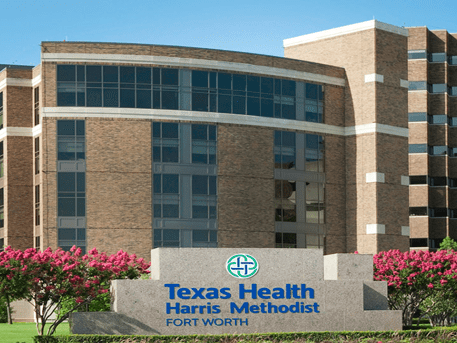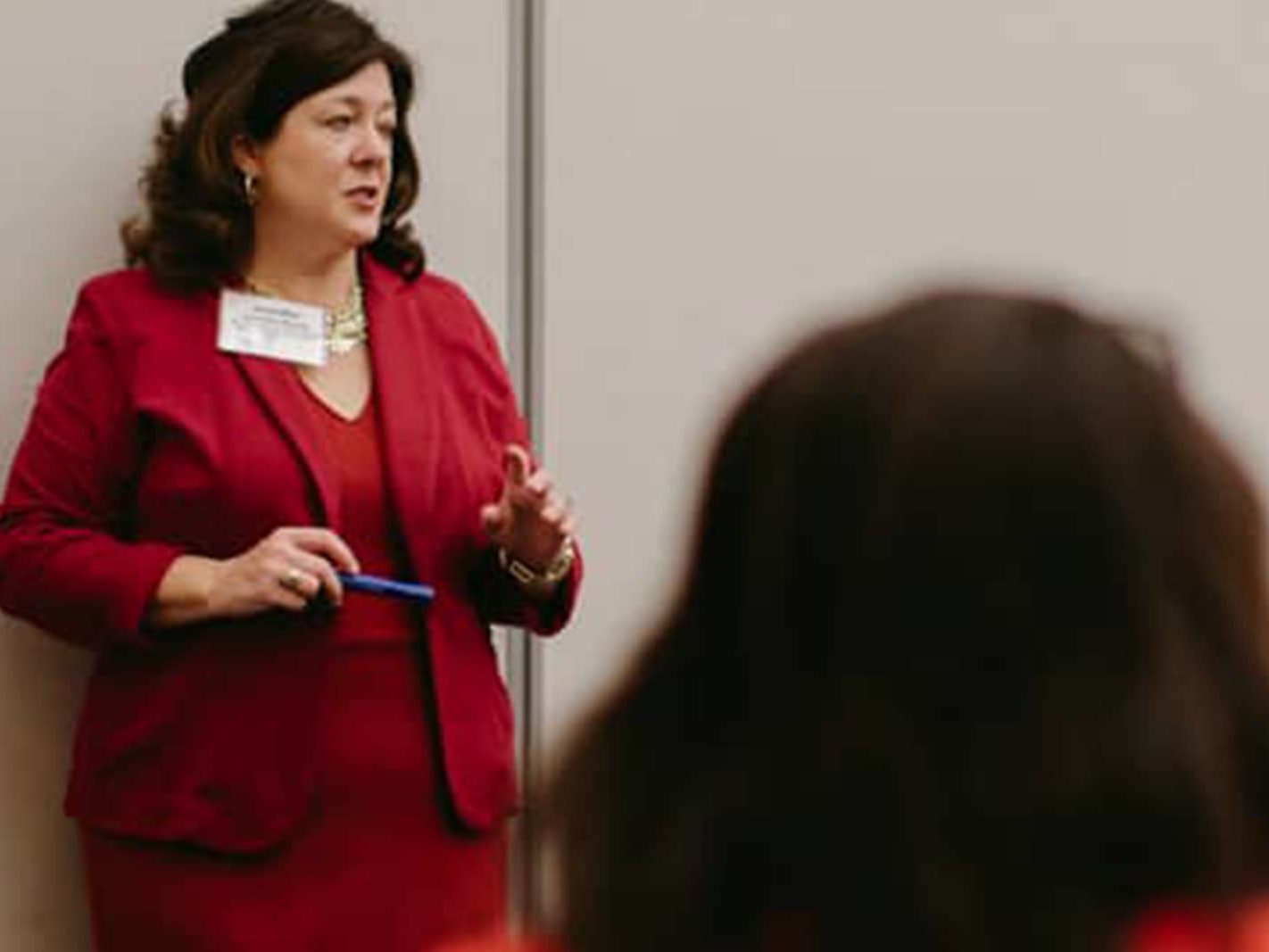Hospitals across the state know the story: a physician leaves, consults back up, patients wait, and transfers rise. Locums fill shifts at a high cost, but continuity suffers, and sustainable solutions remain elusive.
This is no longer the exception – it’s the reality. From rural facilities to urban systems, specialty shortages in areas like neurology, psychiatry, and heme/onc are reshaping how hospitals operate. The challenge is no longer whether gaps will appear, but how leaders respond when they do.
Why Old Models Fall Short
Texas hospitals already lag the nation in physician supply, and recruiting subspecialists and even hospitalists is especially difficult outside major metros – often forcing hospitals into costly transfers and locums coverage. Job boards like Indeed and DocCafe list nearly 8,000 physician openings in Texas alone, underscoring how steep the challenge has become.
Many have turned to 1:1 telehealth – one doctor, one patient, one consult – as a way to fill gaps. While useful in the moment, legacy telehealth doesn’t solve the deeper problem: there simply aren’t enough physicians to go around.
That’s why a new approach is needed. At AmplifyMD, we’re focused on building intelligent virtual coverage – a model that takes telehealth further by using technology, automation, and flexible physician resources to extend the reach of existing doctors, supplement where needed, and ensure consistent, cost-effective care across communities.
How Smarter Coverage Models Work
The breakthrough with intelligent virtual coverage lies in how it redeploys physician expertise – expanding capacity without adding headcount. Instead of staffing each site independently or relying on fixed FTEs, coverage can flex across facilities and scale with demand.
Here are three ways hospitals are putting this into practice today:
- Fractional coverage. Flexible access when full-time staffing isn’t viable – nights, weekends, or subspecialty consults – so hospitals and patients get the services they need without the cost of a full FTE.
- Hub-and-spoke networks. A single physician or small pod of providers can support multiple facilities, improving consistency and keeping more patients local instead of transferring out.
- Systemwide TeleNocturnists. Virtual hospitalists provide overnight cross-coverage across multiple hospitals, easing onsite burden, smoothing admissions, and ensuring continuous coverage when teams are thinnest.
All three models work because technology expands capacity – allowing physicians to cover more patients and more locations without added burden.
What to Look for in a Solution
Traditional telehealth tools were designed to plug gaps quickly, often in 1:1, stand-alone programs. Useful in the moment, they rarely scaled, integrated smoothly, or solved the underlying shortage of physicians. Truly sustainable coverage requires more. Hospitals need solutions that provide:
- Integrated workflows. Remote consults must fit into care delivery and move at in-person speeds – otherwise, virtual care creates burdens, not benefits.
- Bi-directional EHR and data integrations. Onsite teams stay in the EHR while key information flows to remote physicians, and consult notes push back automatically.
- Advanced assignment and distribution. Intelligent routing enables many-to-many coverage models – one specialist supporting multiple hospitals or one hospital tapping into a systemwide network.
- A trusted physician network. A vetted roster of specialists can be tapped when hospitals lack in-house or system physicians – ensuring programs launch quickly, scale across service lines, and maintain consistent coverage.
Together, these elements transform virtual care into a sustainable strategy that expands access, lowers costs, improves efficiency, and strengthens resilience.
The Results Hospitals are Seeing
We’ve seen health systems achieve measurable results with these coverage models, including:
- 2x provider efficiency through automation and streamlined workflows
- 150 minutes saved per TeleHospitalist shift in administrative work
- 95% of patients with a virtual specialty consult avoiding a transfer
- 14x ROI when expanding specialty access with fractional coverage
- 52% reduction in administrative costs for program management
These outcomes are not hypothetical – they are results our hospital partners are realizing today.
Building Sustainable Coverage
Staffing shortages and reimbursement pressures aren’t going away. Texas is projected to be short more than 10,300 physicians by 2032, according to the Texas Department of State Health Services, and nearly 30% of today’s physician workforce is nearing retirement.
Hospitals now face a choice: continue relying on stopgaps, or take telehealth to the next level – treating it as infrastructure for sustainable coverage. This future-ready model offers a clear path – transforming scarce resources into lasting capacity and delivering stronger outcomes for both patients and providers.
AmplifyMD is an intelligent virtual care platform empowering hospitals to scale EHR-integrated coverage with their physicians, plus a specialist network when needed.
This article is sponsored by AmplifyMD.
Health Care Workers Focus on Sexual Assault Prevention
Specialized nurses at Texas Health Resources are helping college students…
Advocating as the Voice of Texas Hospitals
The Texas Hospital Association’s advocacy department continually engages lawmakers and…


